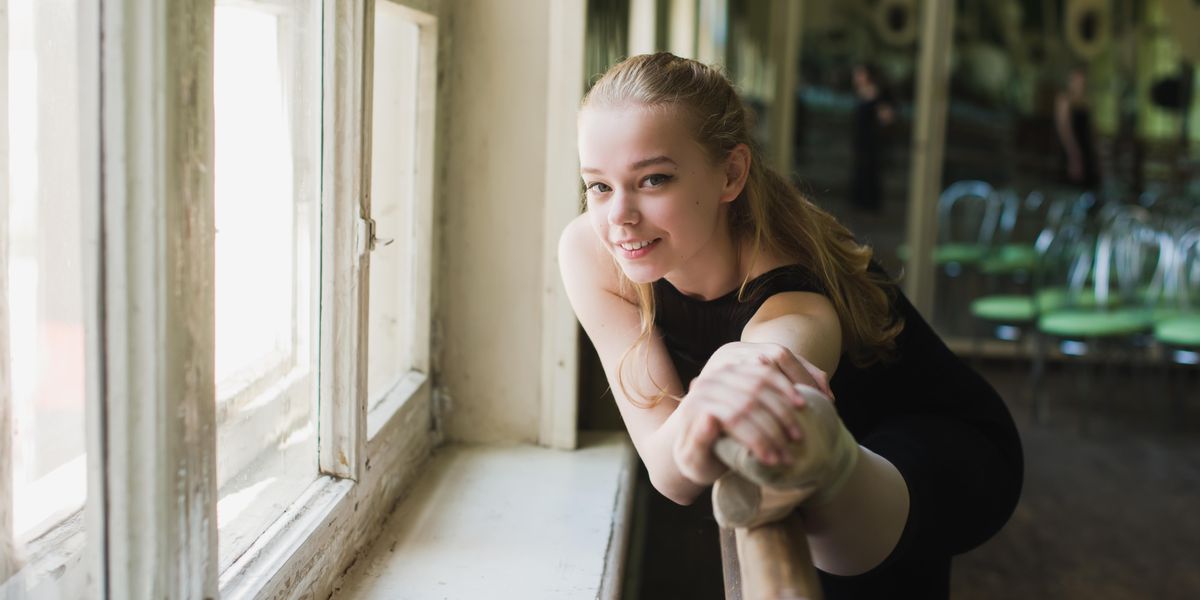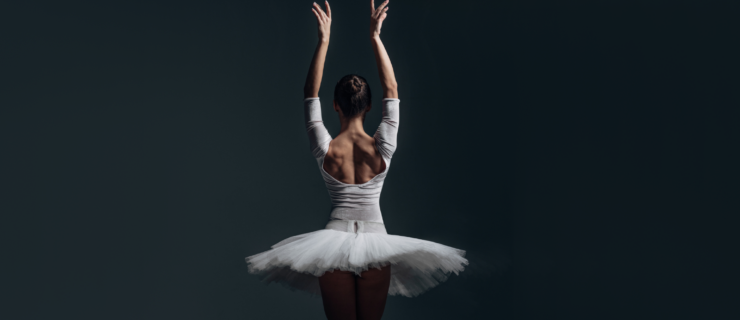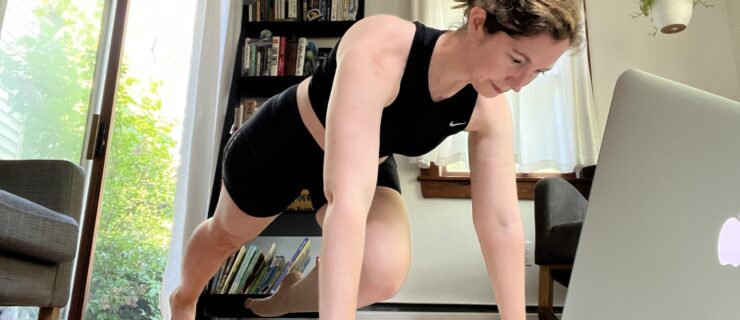When—and How—You Should Be Stretching Throughout Your Dance Day
Ballet class is pretty predictable: There are always pliés, tendus, dégagés and so forth. Usually before center, the instructor gives a quick stretch break to “do whatever you need.” Many dancers use this time to sink into their splits.
But should you be stretching directly after engaging your muscles at barre? We spoke with experts to determine the optimal time to stretch—and how you should change your approach throughout your dance day.
Before Class
It’s important to have a pre-class routine to set up the body for success and to avoid injury. However, sitting in a butterfly position or the splits is not an effective warm-up. The few minutes before barre isn’t the time to hold a static stretch; instead, it’s an opportunity to physically prepare the muscles for the class ahead with easy dynamic movements.
To properly warm up, Dr. Sue Mayes, director of artistic health at The Australian Ballet, says the focus should be on mobilizing the muscles and joints, rather than stretching. She adds that an efficient before-class routine should start to engage the muscles. “Dancers might do some exercises where they’re contracting. For example, a single-leg bridge for the hamstring,” says Mayes. This pre-class time is about gradually building up to a larger range of motion.
After Barre (Before Center)
You made it through barre, and you have a few minutes to stretch before center. In order to avoid injury, it is essential to elongate the muscles before you tackle bigger movements, like grands battements. However, there are much more effective ways of stretching the hamstrings than passively sitting in a forward fold. Mayes suggests using dynamic exercises rather than stretching to mobilize the areas that may have felt tight at the barre. For example, if you have tight hamstrings, Amber Tacy, a personal trainer and founder of Dancers Who Lift, recommends movements like a hamstring scoop, where you flex one foot and in a scooping motion bend over toward it repeatedly. To prep for adagio, Mayes suggests dancers try holding the leg in devant or in à la seconde. Once there, see if you can let go and maintain the height of the leg without the support of your hand.
Michelle Rodriguez, physical therapist and founder of Manhattan Physio Group, warns that overstretching can reduce strength in the muscle, which can lead to a lack of control in center combinations. “You want to have the balance between the ability for the muscle to have this really nice extensibility and elasticity, but then it has to have the ability to contract again and generate force and power,” she says. “When a muscle becomes too elongated, it actually loses power.”
Tacy explains that it comes down to the sarcomeres in our muscles. “If we’re engaging our muscle fibers, we’re taking the little sarcomeres, which are these tiny communicators within our muscle strands, and they’re moving close together to move as a unit effectively.” However, when you immediately stretch out after engaging the muscles at barre or in a conditioning setting before class is over, Tacy says you’ve done yourself a disservice. “You had them where you wanted them, then you stretched and gave them a completely different signal.”
If you jump into dancing again after static stretching, your body might not be able to perform to its full potential strength. The muscles will likely not be as engaged as they were before you stretched them out. Even worse, you face an increased risk of injury when you suddenly switch back and forth between extreme contracting and stretching, explains Tacy.
Mayes adds that at The Australian Ballet, company members focus more on strengthening than stretching. Its artistic-health team believes that a little bit of tension in the muscle is good: “We want them to be more like a spring than a piece of spaghetti,” she says.
After Class or a Conditioning Session
While static stretching during class can decrease muscle power directly afterwards, Tacy says stretching at the end of a conditioning session, like a core workout on your day off, will not inhibit muscle growth. If you still have class or a rehearsal later in the day, static stretching might not be the best answer. Mayes explains that this is because the muscles still need to be prepared to work.
If you have a chunk of downtime between class and rehearsal, use the break to reenergize and refuel your body, says Mayes. Just make sure you leave enough time before your next class or rehearsal to reactivate those muscles with another dynamic warm-up.
At the End of the Day
Finally, the day’s end is the best time to take advantage of static stretching. According to Tacy, this is a great way to allow the muscles to relax after a day of work. If you’ve spent a lot of time engaging your muscles, she explains, the fibers have been tightly knit. “When we gradually relax, we’re saying, ‘Okay, now you guys can separate.’ ”
Moreover, deep stretching to gain flexibility should be reserved until all dancing and conditioning is done—but when the body is still completely warm. Before you pack up your bag and leave the studio, take the time to cool down and stretch. This is also the most effective time to roll out your muscles and home in on tight areas.
No matter the time of day, says Tacy, stretching and mobilizing the body is all about choosing what is optimal over what is adequate. With a smart approach to stretching, you’ll be both limber and strong.





